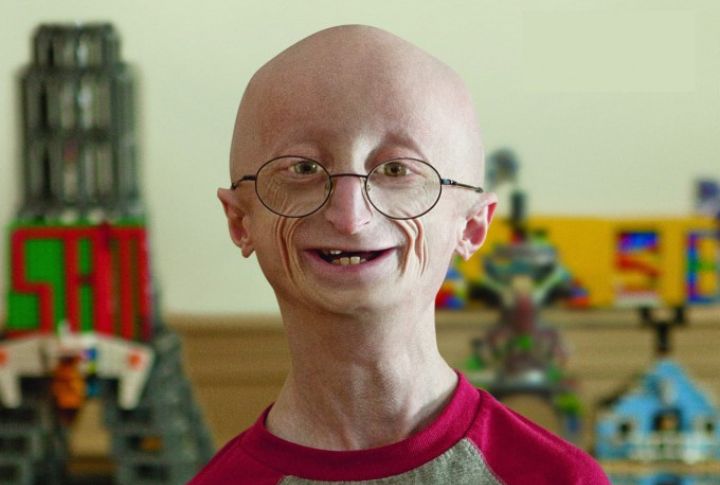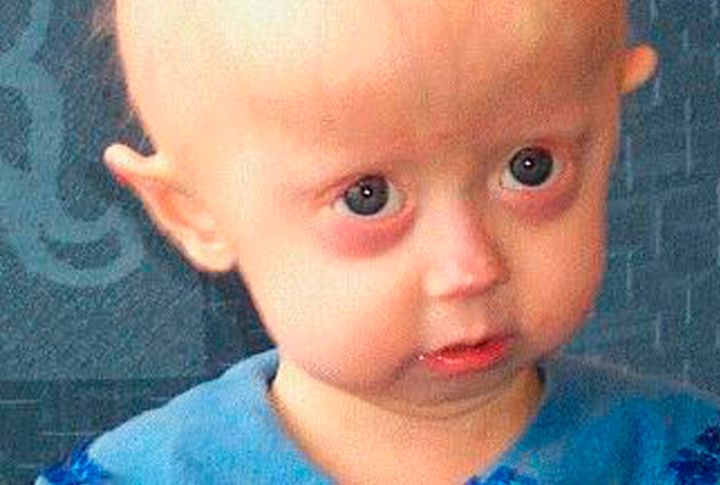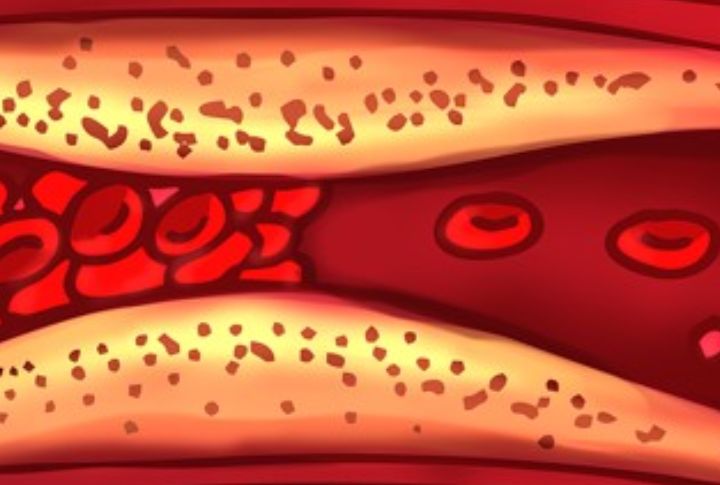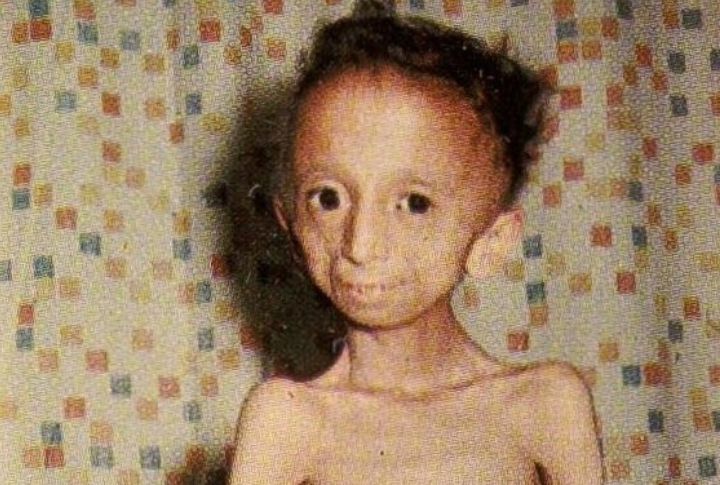
This condition barely shows up in everyday talk, but it’s impossible to ignore once you know it exists. Progeria doesn’t waste time, and neither should you. It’s rare and full of things that rewrite expectations. If medical mysteries interest you, or if you’re just curious about what most people miss, stay right here. These 10 details explain what makes it different.
Progeria Is Caused By A Single Gene Mutation

Progeria is caused by a mutation in the LMNA gene. This error produces an abnormal protein called progerin, which damages cells and speeds up aging. The mutation usually appears randomly, without being inherited. However, a 2–3% chance of recurrence exists due to a rare condition called parental mosaicism.
Children With Progeria Appear Normal At Birth

Children with progeria usually appear normal at birth. Still, symptoms don’t emerge right away. Most signs begin between 6 months and 2 years of age. Early indicators include hair loss and skin tightening. As a result of that, aging typically sets in before toddlers can walk steadily or speak clearly, delaying early recognition.
Physical Features Resemble Elderly Traits

At a glance, a child with progeria might be mistaken for a senior. Wrinkled skin, stiff joints, visible veins, and hair loss give them an aged look by age 10. Even so, behind those physical changes, their minds grow normally. They remain sharp and aware, just like any other child their age.
Progeria Dramatically Shortens Lifespan

With progeria, time doesn’t wait. Aging accelerates at 7 to 10 times the normal pace, bringing life expectancy down to just 13–15 years. Yet some defy those odds. Sammy Basso lived to 28, and Tiffany Wedekind remains alive at 46. Their journeys remind us that statistics never define every life.
Heart Disease Is The Leading Cause Of Death

Heart disease is the leading cause of death in progeria. In particular, atherosclerosis, or hardening of the arteries, develops early. This condition leads to strokes and heart attacks, usually seen in much older people. Despite their age, affected children share the same cardiovascular risks that commonly affect seniors in later life.
No Cure, But There Are Promising Treatments

There’s no cure for progeria yet, but treatment options have improved. One drug, lonafarnib, was originally developed for cancer. Today, it helps children with progeria live longer and reduces heart-related complications. Because the condition is so rare, having a targeted treatment like this is unusual and a promising sign of progress.
Progeria Is Ultra-Rare Worldwide

Progeria is one of the rarest conditions known, which affects about 1 in 20 million births. Fewer than 400 cases have been identified worldwide. It appears randomly and affects children of all backgrounds, with no link to race or location. The odds are slimmer than winning the lottery, which makes awareness a challenge.
Diagnosis Requires Genetic Testing

Diagnosing progeria requires a blood test that detects mutations in the LMNA gene. It’s a precise method and one of the clearest examples of gene-based diagnosis. Because awareness has grown, most cases are identified before age 3. Early testing helps shape care and allows families to plan ahead more effectively.
Growth Is Severely Restricted

Growth in children with progeria is severely limited. Although they may have a good appetite and high activity levels, most remain short and underweight. Many do not reach 3 feet in height by age 10. Interestingly, metabolism remains high, highlighting the contrast between internal activity and physical development.
Cognitive Development Is Unaffected

Progeria affects appearance and movement, but the brain stays right on track. Kids often show strong curiosity and a quick sense of humor. Most attend regular schools just like their peers. Some even take the spotlight by delivering TED Talks and speaking at public events with confidence that leaves a lasting impression.

